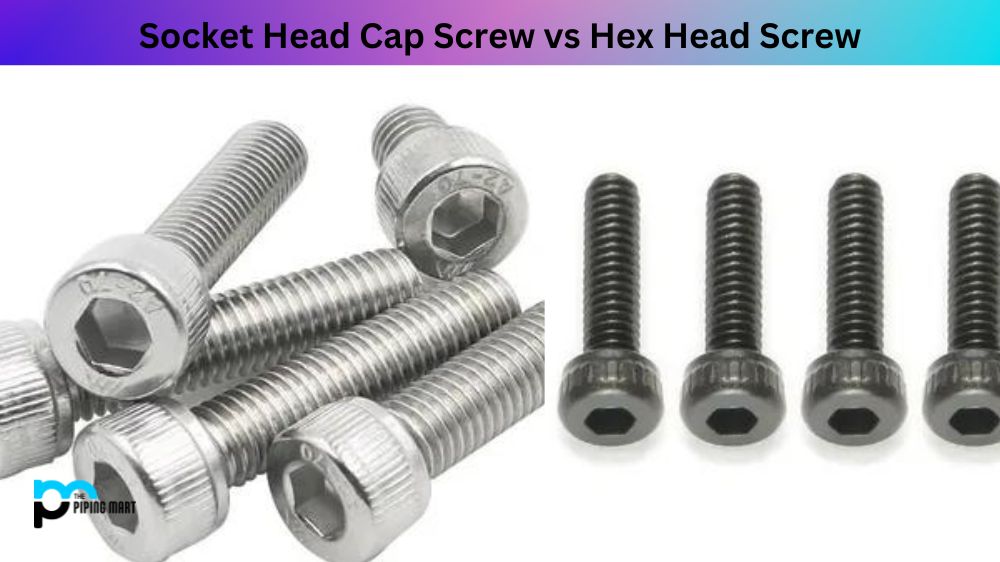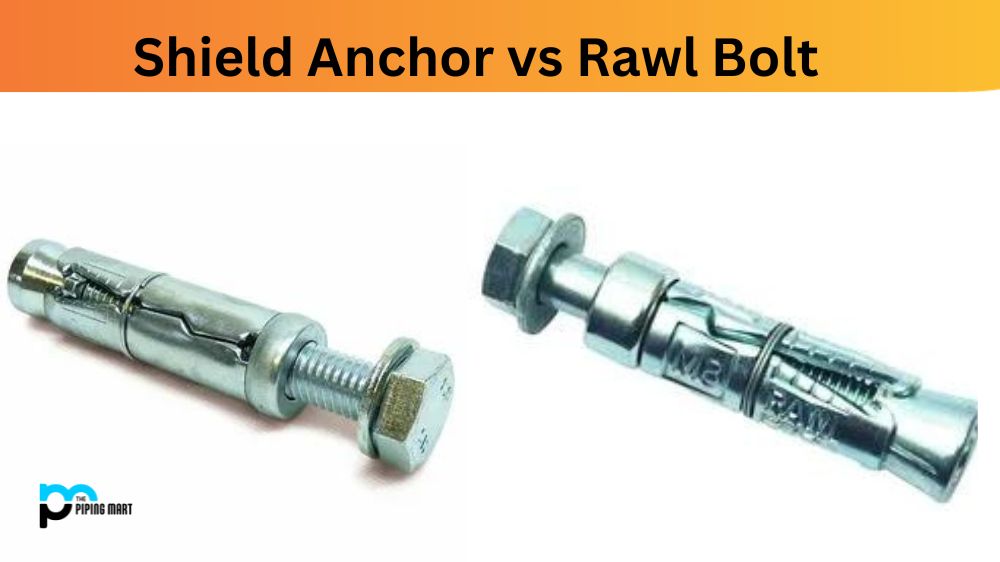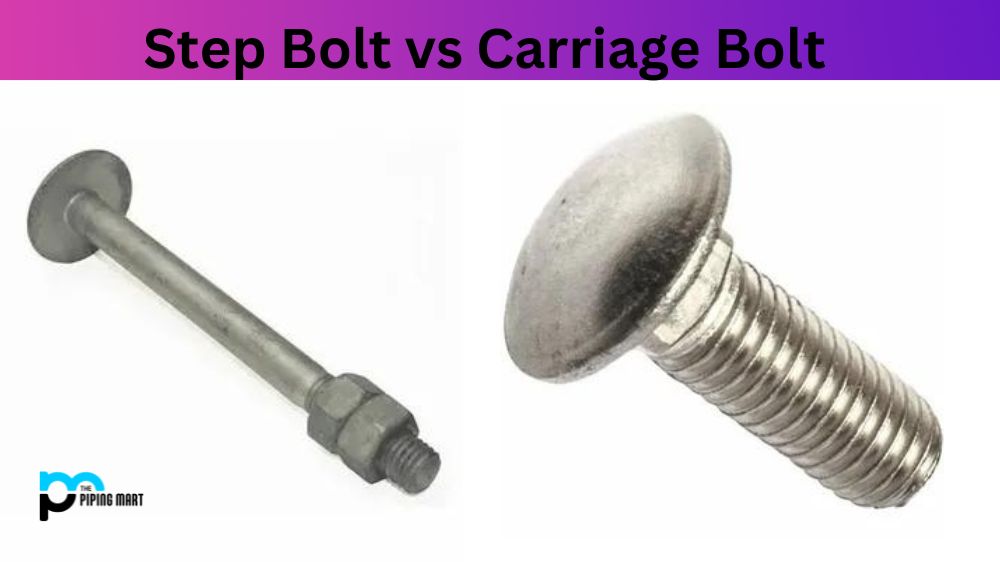When it comes to screws, there are many different types available on the market. Two of the most popular options are socket head cap screws and hex head screws. Both types of screws have their own set of advantages and disadvantages, so it’s important to know what sets them apart. In this blog post, we’ll take a closer look at the differences between socket head cap screws and hex head screws, and the situations where you might want to use one over the other.
What is Socket Head Cap Screw?
Socket Head Cap Screws, commonly called cap screws or socket screws, are well-known fasteners often used in machinery and manufactured products. They have a cylindrical head with a flat top surface and an externally threaded shaft. The external threads are designed to mate with an internal thread, such as one found in a tapped hole. They offer high tensile strength, more uniform load distribution than other types of fasteners, and can be more easily adjusted or removed without causing damage to the tapped hole. Commonly available materials include steel, alloy steel, brass and stainless steel finishes; metric-sized options also exist for international applications.
What is Hex Head Screw?
A hex head screw is a type of fastener with a six-sided head, which provides more torque than straight-sided heads due to its extra surface area. It is also known as a hex cap screw or an Allen bolt and is typically used in assemblies that require strength and precision alignment. Common places to find hex head screws include car engines, furniture assembly, and metal fabrication. These screws are made from various materials, including brass, stainless steel, aluminium, and zinc alloys. Hex heads come in sizes ranging from 0-14 mm up to larger sizes used for industrial applications like machine shops.
Difference Between Socket Head Cap Screw and Hex Head Screw
Head Design
The most apparent difference between socket head cap screws and hex head screws is their head design. A hex head screw has six flat sides that require a wrench or pliers to be tightened or loosened. In contrast, a socket head cap screw has a cylindrical head with a hexagonal socket in the middle. An Allen wrench or socket is required to tighten or loosen the screw.
Torque/Strength
Socket head cap screws generally offer better torque capacity and are stronger than hex head screws of similar size. The cylindrical head of a socket head cap screw provides a greater contact area for a tool to be applied, allowing for better torque transfer. The cylindrical head also distributes the stress over the surrounding area, reducing the localized stress in a hex head screw. In contrast, hex screws have a smaller contact point, resulting in less torque capacity and a higher potential for head stripping.
Aesthetic Appeal
If you care about aesthetics, socket head cap screws might be a better choice. The flush-mounted cylindrical head of a socket head cap screw is less obtrusive, providing a cleaner and sleeker look compared to hex head screws. Plus, many finishes are available for socket head cap screws, including black oxide, plain finish, and stainless steel, making them perfect for applications where appearance matters.
Application
The final difference to consider is the application. Both screw types are ideal for various applications, but some tasks require one over the other. For instance, hex head screws are more versatile for applications requiring clearance and a lower-profile head. On the other hand, socket head cap screws are better suited for high-torque applications where reliability and strength are crucial, such as construction, vehicles, and machines.
Conclusion:
In conclusion, both socket head cap screws and hex head screws have pros and cons. When determining which screw type to use, consider head design, torque capacity, aesthetic appeal, and application factors. Whether you choose a socket head cap screw or hex head screw, use high-quality fasteners that meet industry standards. If you’re unsure which screw type to use, consult a fastener expert to ensure you are using the right tool for the job!

A passionate metal industry expert and blogger. With over 5 years of experience in the field, Palak brings a wealth of knowledge and insight to her writing. Whether discussing the latest trends in the metal industry or sharing tips, she is dedicated to helping others succeed in the metal industry.




